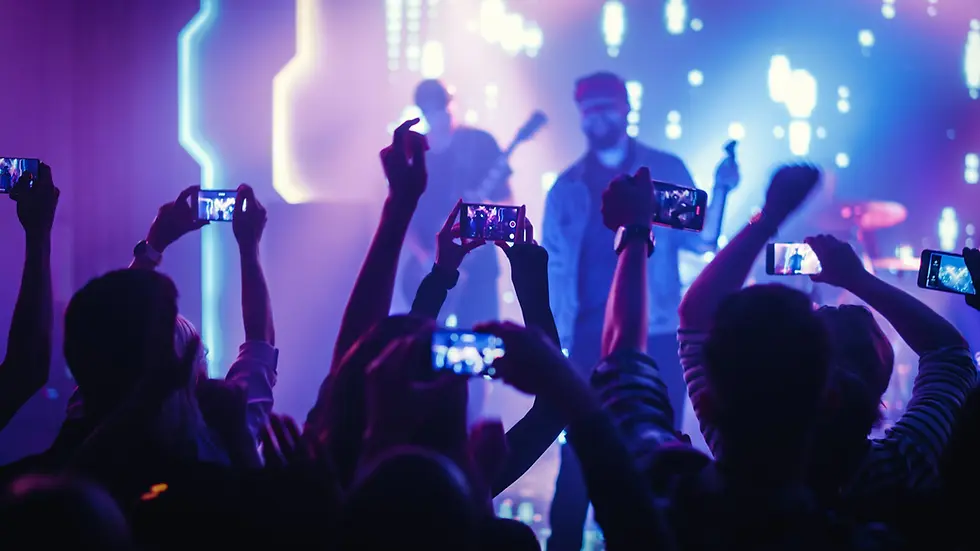The Surprising Thing Missing from My Dance Training
- Christina Redondo

- Jun 15
- 1 min read
Updated: Jul 24

It wasn't more hours in the studio.
You will not be charged or forced to subscribe, but you can subscribe for free or pledge a monthly fee if you'd like to support this work!



